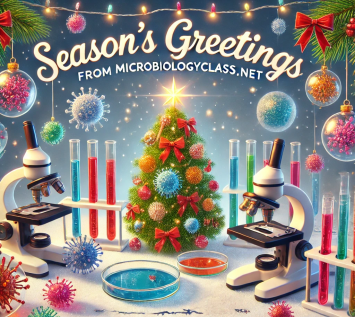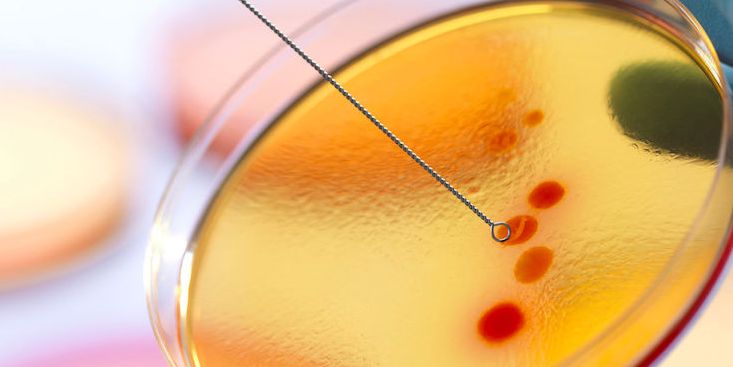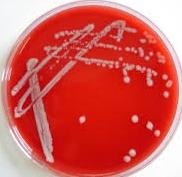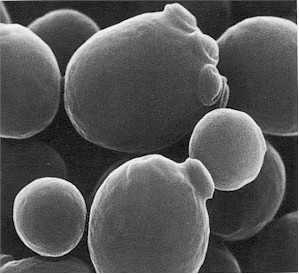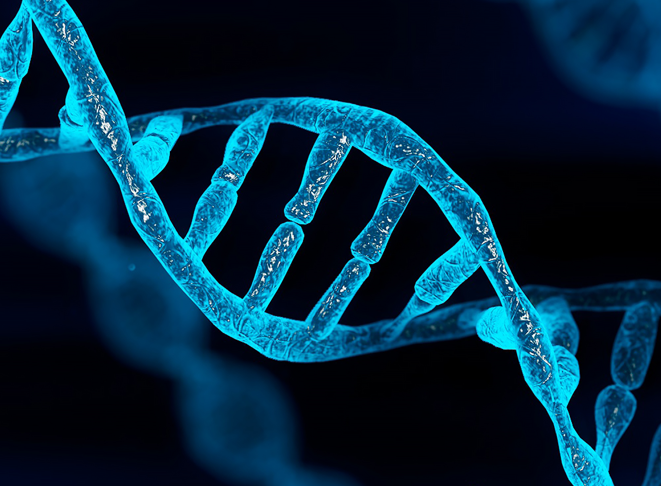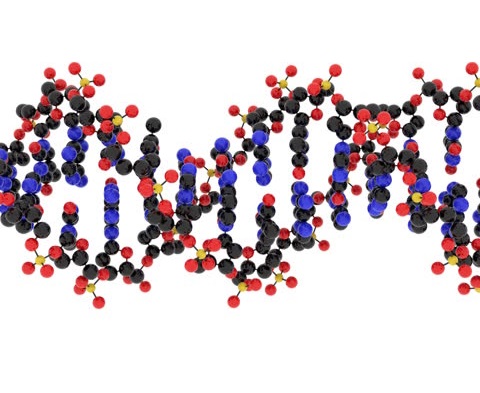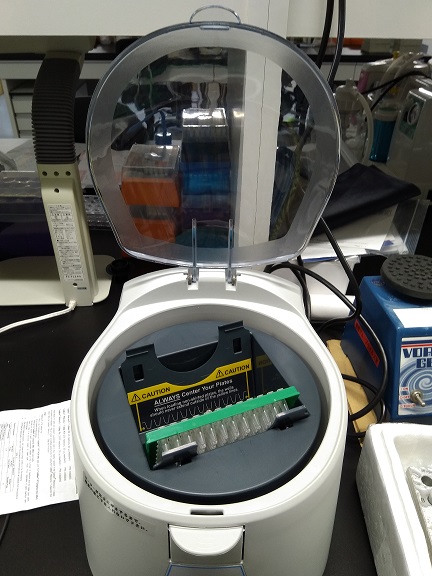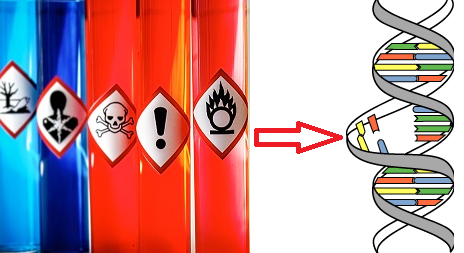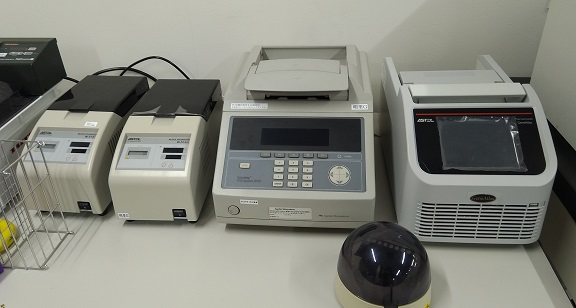Application of genetically modified organisms (GMOs)
The field of medicine has in the past decades seen the production of many biotherapeutics and/or drugs from genetically modified organisms (GMOs). Many safer and cheaper vaccines and other drugs have been produced from GMOs. For example, injectable insulin (which is used to treat and manage diabetes mellitus disease in diabetic patients) was traditionally produced […]
Application of genetically modified organisms (GMOs) Read More »
Biotechnology